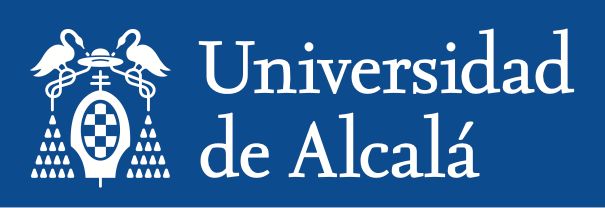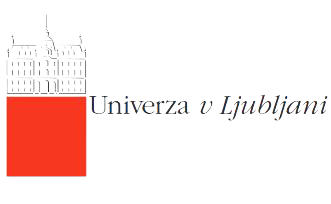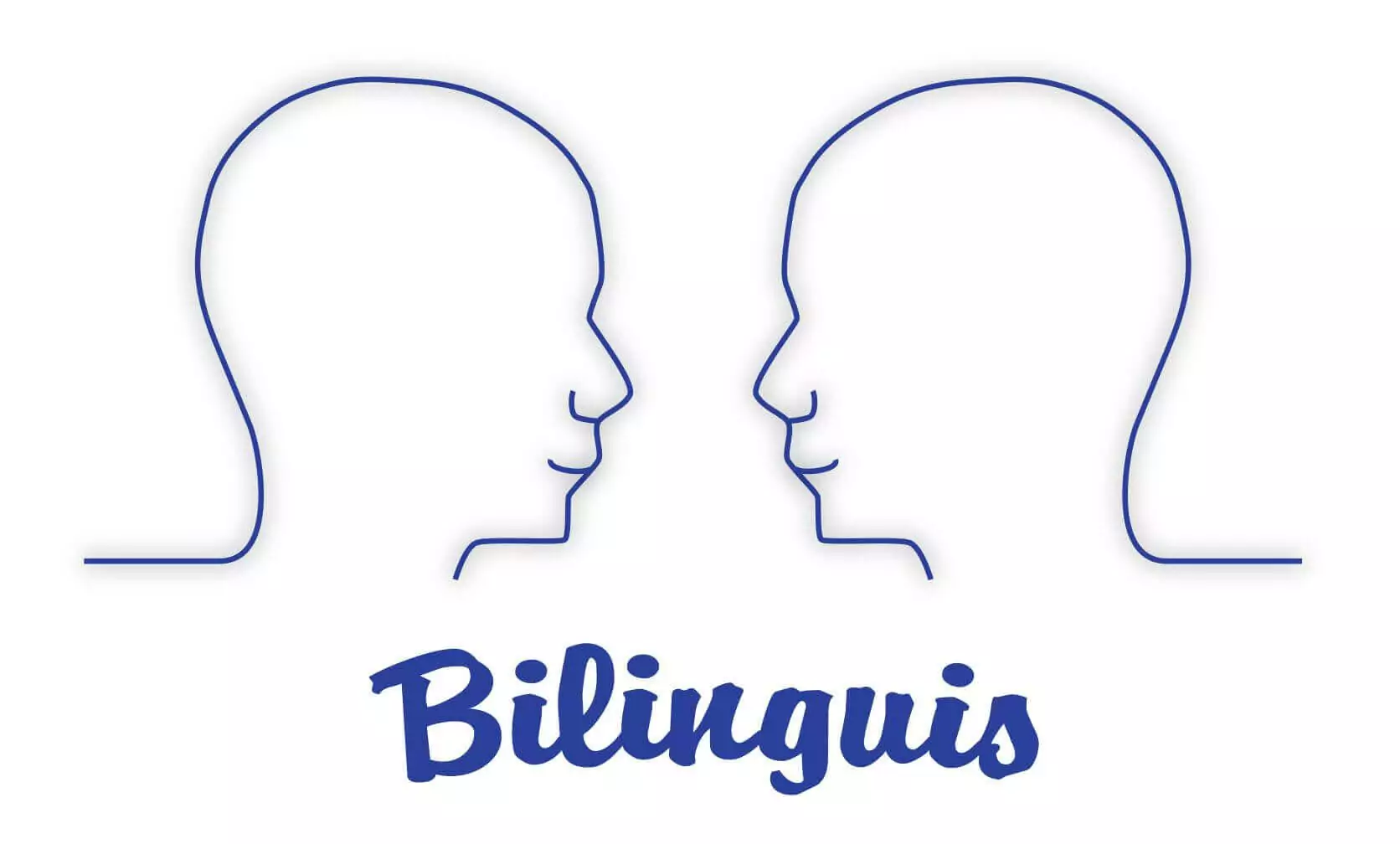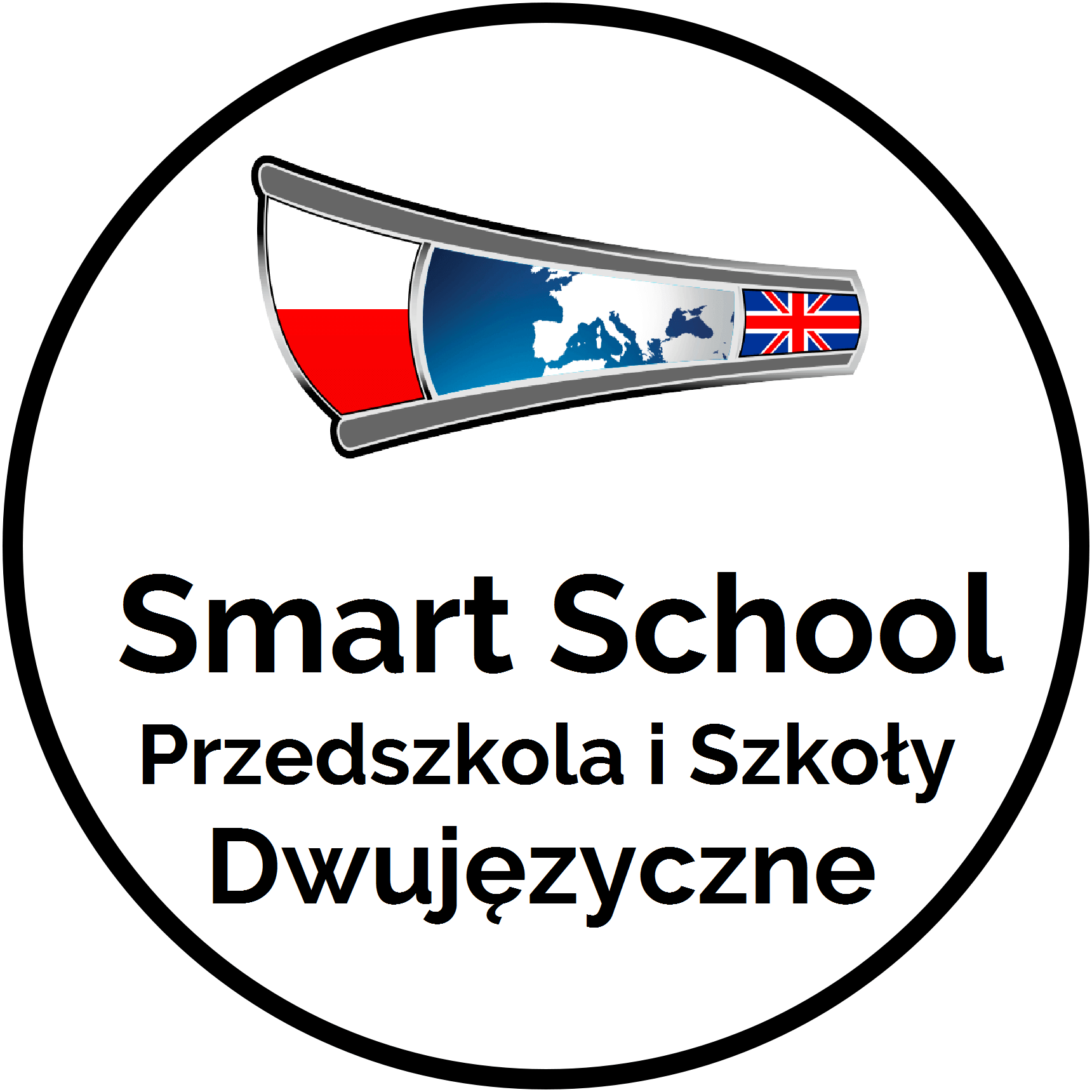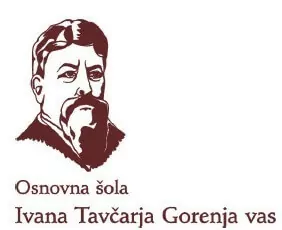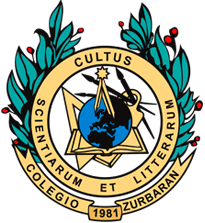Glossary
Academic language features
The language used for school and learning has special features that need to be learnt. It is characterized by being precise, objective, formal and more complex than non-academic language. Academic language features include longer noun phrases that contain a lot of information; technical vocabulary; lack of contractions; etc.
Cross-curricular links
These identify text features that can provide an opportunity for the integration with other subjects. This can be related with the content of the text (e.g. a biography of a historical character that can be linked to social science classes), the text type (e.g. a recount can be the basis for a lab report) or with other elements of the text such as illustrations (arts), graphs (maths), etc.
Cultural (teaching points)
This refers to the cultural elements that you can find in the text and that can be focused on in class. Don’t just think of holidays and traditions, but also of cultural elements such as the presence of rhymes in many picture books written in English, the fact that people live in houses rather than flats, even if they are not wealthy (as Charlie in Charlie and the Chocolate Factory) etc.
Development of values
Texts often transmit values, overtly or covertly. Being able to recognize them is part of skilful interaction with texts. In some texts, values will be focused on overtly or represented in the text through a character, a character’s actions, etc. Identifying them and working on them, can become one of the teaching points in the unit.
Emotional skills
Many texts deal with emotions or create an emotional response in the audience. These emotions can be talked about in class, and the students can try to create texts that will trigger the same emotional response by using the same strategies as the author(s) of the input text.
General aim of the unit
The general aim of the unit in this approach is to produce a text of a given type. This text can be in different modes (visual, audio-visual, spoken or written) and take different formats (blog entry, oral presentation, poster, video-clip, etc.).
Language functions
Language is a tool for communication, and when communicating we have a choice of possible structures. For example, when somebody wants to ask for a window to be closed, they can say: “Could you close the window?”; “Please close the window”; “It’s rather cold in here”. When we teach our students to communicate, we need to look at the meaning they want to make and give them different possible structures for this. Of course, each of them has a different effect on the listener, and this needs to be looked at.
For example, a language function typical of an explanation text will be, of course, explaining, but also establishing cause and effect or describing.
Language structures
Grammatical structures found in the input text that are typical of the text type. This is different from language functions, because the language structure is only one, and it does not take into account that there are different ways to express the same meaning.
Pronunciation
Pronunciation is here used as a general concept including the pronunciation of single sounds and words, but also such aspects as intonation or sentence stress (i.e. which words are stressed in a sentence), rhyming words, homophones, etc.
Learning strategies
When we have to learn something new, we all use strategies that help us with this learning. These strategies can be:
cognitive (related to a specific task, for example memorizing new vocabulary)
metacognitive (related to the organization and monitoring of learning, for example relating new information to known information), or
social (related to the way I engage in social interaction to help me learn, for example by asking a teacher or talking about a topic with a peer thereby clarifying my understanding).
